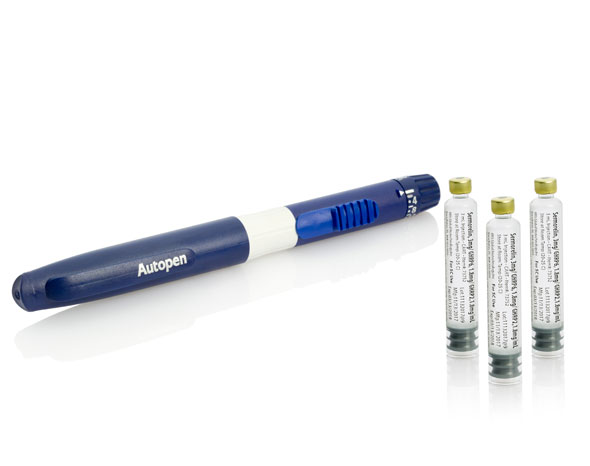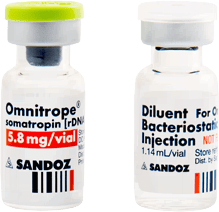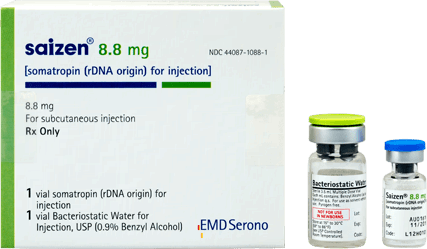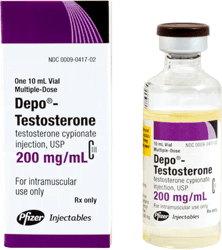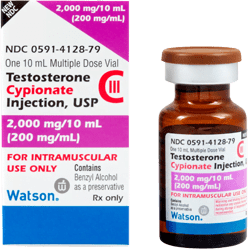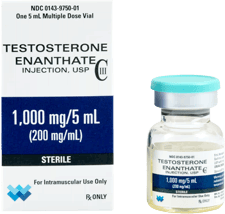- Home
- Growth Hormone
- Growth Hormone
- Growth Hormone Deficiency
- Growth Hormone Therapy
- Growth Hormone Injections
get startedThe Most Effective Hormone Replacement TherapiesRole Of Testosterone in Men Vs. Women
Even though testosterone is recognized as the most important male hormone or androgen, women’s bodies make and need testosterone as well.
While testosterone is a male hormone, it plays a vital role in the health of both men and women. Women’s bodies make and need testosterone as well, however, in significantly lower amounts than a male body does. Women’s bodies make and need testosterone, albeit in lesser amounts than men’s. In fact, because women require only a small amount of testosterone to maintain good health, in a way, their bodies are even more sensitive to fluctuations in testosterone levels than men’s bodies are.
Some of the roles of testosterone overlap between the genders, and some of the functions of testosterone are exclusive to either sex.
Why Does the Human Body Need Testosterone?
Testosterone is an androgen or male hormone. In fact, it is the most important male hormone, but women’s bodies make and need testosterone too. Testicles primarily make testosterone in men. Women’s ovaries also make testosterone, though in much smaller amounts.
Testosterone in males is primarily responsible for boys maturing sexually and being able to produce sperm. It is also responsible for all of the “secondary sexual characteristics” we associate with the onset of puberty, such as a deepening voice, beard growth, etc.
As adults, in both men and women, testosterone is associated with sex drive or libido. It plays a vital role in muscle and bone growth as well. It has an impact on cognition and emotional wellbeing. Testosterone also impacts how the body metabolizes or stores fat.
Are There Exclusively Male Hormones and Female Hormones?
There are technically "male" and "female" sex hormones. However, that does not make them exclusive to either sex. All males have some normal level of female hormones, just as all females have some normal level of male hormones.
Female sex hormones include:
- estradiol
- estrone
- progesterone
- testosterone and other androgens
Male sex hormones include:
- androstenedione
- dehydroepiandrosterone
- estradiol and other estrogen
- testosterone
What Role Does Testosterone Play In Males and Females?
In both men and women, testosterone plays a critical role in mental, physical, and emotional health. Female bodies readily convert testosterone and other androgens they produce into female sex hormones.
Both females and males experience an initial surge of testosterone and estrogen during puberty, which lasts through young adulthood.
This production of sex hormones contributes to the development of secondary sex characteristics. These include deep voices and facial hair and higher voices, and breast development.
In both men and women, testosterone plays a role in:
- Libido and sexual function
- Energy and cellular metabolism
- Bone and muscle growth and health
- Stamina, strength, and exercise capacity
- Mental and emotional states
- Memory and cognition
The Role of Testosterone in Men
Testosterone is the most important male hormone or androgen. Testosterone in men is primarily responsible for all of the traits we associate with being "male," i.e., thicker muscles, deeper voice, facial hair, etc. A large surge of testosterone at puberty is largely responsible for all of the bodily changes that transform a boy into a man. Even after sexual maturity, testosterone in a man’s body continues to play a vital role.
Testosterone in men affects everything from sperm production to libido. Male fetuses begin to produce testosterone in the womb, and testosterone levels increase throughout early life. In men, they rise dramatically during puberty, peak during the late teen years, and then level off in the 20s. After age 35 or so, a man’s testosterone levels start to decrease regularly every year. Throughout a man’s life, his testosterone levels impact:
- Strength and stamina
- Muscle tone and bone density
- Sex drive and sexual performance
- Fertility
- Cognition and mood states
The Role of Testosterone in Women
In women, testosterone actually works in conjunction with the female sex hormones estrogen and progesterone to help women mature sexually and to maintain fertility, reproductive health, and bone mass.
In addition, testosterone also plays a role in cognition and emotional wellbeing in women. In fact, the most current research seems to suggest that the reduced sex drive and emotional changes that women experience as the result of menopause are more a result of her drop in testosterone in her post-childbearing years than of estrogen.
Maintaining adequate supplies within the normal range of testosterone in the blood for women is critical to overall health and wellness. As in men, testosterone in women is necessary for sexual desire and performance. It also plays a critical role in cellular metabolism, and therefore a women’s ability to maintain a proper lean muscle to fat ratio. Also, as in men, testosterone in women plays a role in cognition, mood, and maintaining healthy sleep patterns.
In fact, some of the most recent research seems to indicate that the reason why women are far more likely to develop Alzheimer’s disease later in life than men is due to the greater protection against dementia men receive by having more testosterone in their blood than women.
A recent study published in The Journal of Clinical Endocrinology & Metabolism found that post-menopausal women who were suffering from Alzheimer’s disease had below-normal testosterone levels and suggested that testosterone replacement could offer women a "neuroprotective effect."
What Are the Normal or Average Testosterone Levels in Men and Women?
Testosterone exists in your body in two ways, "bound" testosterone, which is testosterone that is tied to proteins, or "free testosterone," which is the level of testosterone that is freely flowing in your bloodstream. When doctors are evaluating your testosterone levels to diagnose low testosterone, they usually look at your total testosterone level.
The following chart illustrates the normal total testosterone levels for men and women by "Tanner Stage" and age. The Tanner Scale breaks down the observable signs of puberty into five stages, running from Stage I from about age 10 to Stage V at 15 for boys and about age 8 to 15 for girls.
Tanner Stage Male Female Testosterone (ng/dL) Testosterone (ng/dL) I
<3
<3−6
II
<3−432
<3−10
III
65−778
<3−24
IV
180−763
<3-27
V
188−882
5−38
Adult Male
Adult Female
>18 y: 264-916
20 to 49 y: 8−48
>49 y: 3−41
Do Women Suffer From Low Testosterone?
Yes, just as in men, testosterone production in women declines with age. As a woman enters her menopausal years, the testosterone level in her blood will be significantly reduced. This drop-in testosterone levels in women has been associated with:
- Fatigue
- Muscle loss
- Weight gain
- Low libido and other sexual health issues
- Difficulty with focus, concentration, and other cognitive issues
Maintaining adequate supplies within the normal range of testosterone in the blood for women is critical to overall health and wellness. As in men, testosterone in women is necessary for sexual desire and performance. It also plays a critical role in cellular metabolism, and therefore a women’s ability to maintain a proper lean muscle to fat ratio. Also, as in men, testosterone in women plays a role in cognition, mood, and maintaining healthy sleep patterns.
Can Women Benefit From Testosterone Replacement Therapy?
Just as both men and women can suffer from low testosterone, women, just like men, can also greatly benefit from testosterone replacement therapy. Testosterone replacement therapy, especially when used in conjunction with typical hormone replacement therapies for pre and post-menopausal women, can have many positive effects.
When properly prescribed and carefully monitored, testosterone therapy in women has been shown to:
- Improve bone health
- Increase libido and sexual health
- Improve energy
- Improve muscle tone
- Reduce fat, particularly belly fat
- Improve mental focus
- Reduce urinary urgency and or/incontinence
- Reduce vaginal dryness
- Reduce the incidence of hot flashes and night sweats
In addition, there was a German study that found that testosterone therapy in women may decrease the risk of a cardiovascular incident such as a stroke or heart attack, and unlike previous thinking, more recent research seems to suggest that testosterone therapy in women may, in fact, reduce the risk of breast cancer.
A study published in the journal Menopause concluded, "the addition of testosterone to conventional hormone therapy for post-menopausal women does not increase and may indeed reduce the hormone therapy-associated breast cancer risk."
Now that you know more about the role of testosterone in women vs. men, why not contact us today and learn more about the many benefits both men and women can receive from testosterone replacement therapy.
- Growth Hormone Therapy






